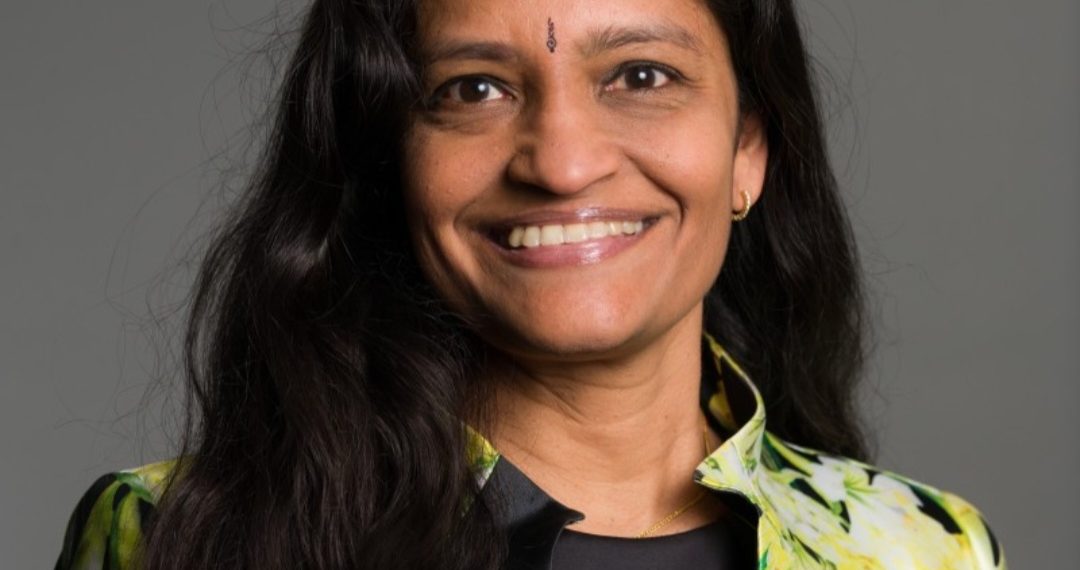Hundreds of thousands of children and young people living with Type 1 Diabetes (T1D) in low- and middle-income countries (LMICs) are being left behind in the global effort to ensure access to essential care, according to a new report by the Access to Medicine Foundation.
The report paints a stark picture of inequality, showing that despite well-publicized initiatives by major pharmaceutical companies—including Eli Lilly, Novo Nordisk, Sanofi, and Biocon—access to insulin and critical diabetes tools remains dangerously limited for most children in LMICs.
While global projections estimate that 2.2 million children and young people will be living with T1D by 2040, the Foundation’s study finds that less than 10percent of the 825,000 children currently in need across 71 LMICs are being reached by these corporate-backed programs.
“This represents impressive coverage,” said Claudia Martínez, Director of Research at the Access to Medicine Foundation, “but many children and young people—both in countries not covered and even in those that are—still lack access to diabetes care.”
Traditionally, diabetes care in LMICs has relied on human insulin in vials—an outdated method that requires precise dosing and refrigeration, often unavailable in resource-limited settings. While companies such as Biocon, Lilly, and Novo Nordisk have begun supplying insulin analogues and user-friendly pens in select initiatives, access to these modern treatments remains limited.
“These are important steps forward,” said Martínez, “but they remain limited in scope and availability, and the majority of children still don’t have access to these improved treatments.”
Beyond the medicine itself, companies are working to build infrastructure and raise awareness.
Sanofi’s KiDS programme, for instance, extends beyond the child and family, training school staff to create diabetes-friendly environments.
Meanwhile, Lilly and Novo Nordisk are helping fund critical equipment and health facility upgrades.
However, the report raises concerns about the sustainability of these initiatives. Of the 11 programs evaluated, all rely at least in part on corporate donations. Ten have defined end dates—some as soon as within the next five years—leaving the future of care uncertain.
“While donations have a meaningful impact, they create uncertainty,” Martínez warned. “If a company pulls support, thousands of children could suddenly lose access to critical care.”
Recognizing this looming crisis, some companies are testing long-term solutions. Lilly and Novo Nordisk are partnering with local governments and health systems to integrate diabetes care into public services. Age caps in some child-focused programs are also being extended to allow youth to continue receiving support as they grow older.
The Access to Medicine Foundation’s report recommends that donation-based models, while helpful, are not enough. The solution, it argues, lies in sustainable, affordable care systems rooted in national health policies.
“Today, insulin remains out of reach for half of those who need it,” Martínez emphasized. “This means for many children, managing diabetes isn’t about thriving—it’s about surviving. That needs to change.”
The Foundation urges pharmaceutical companies to take decisive action: increase the availability of modern diabetes technologies, tailor treatments to children’s needs, and ensure affordability well into the future.
“Companies have the power to change this,” Martínez said. “The tools are there—the will and the leadership must follow.”
Until then, for the majority of children living with Type 1 Diabetes in LMICs, every day remains a fight for survival.















